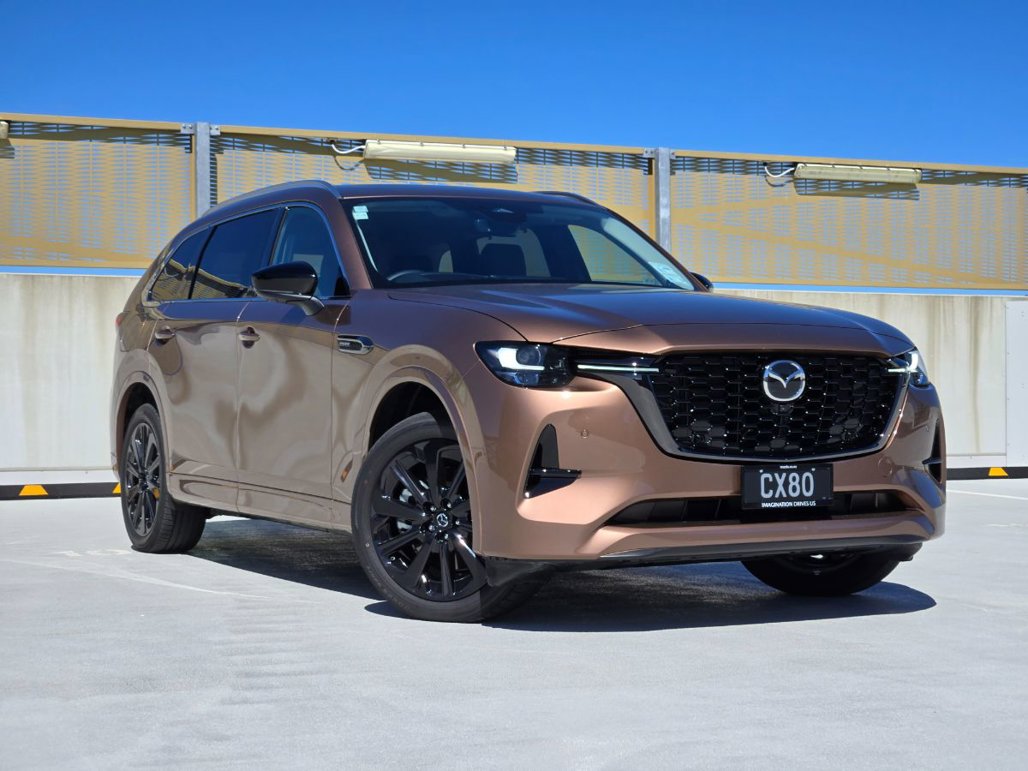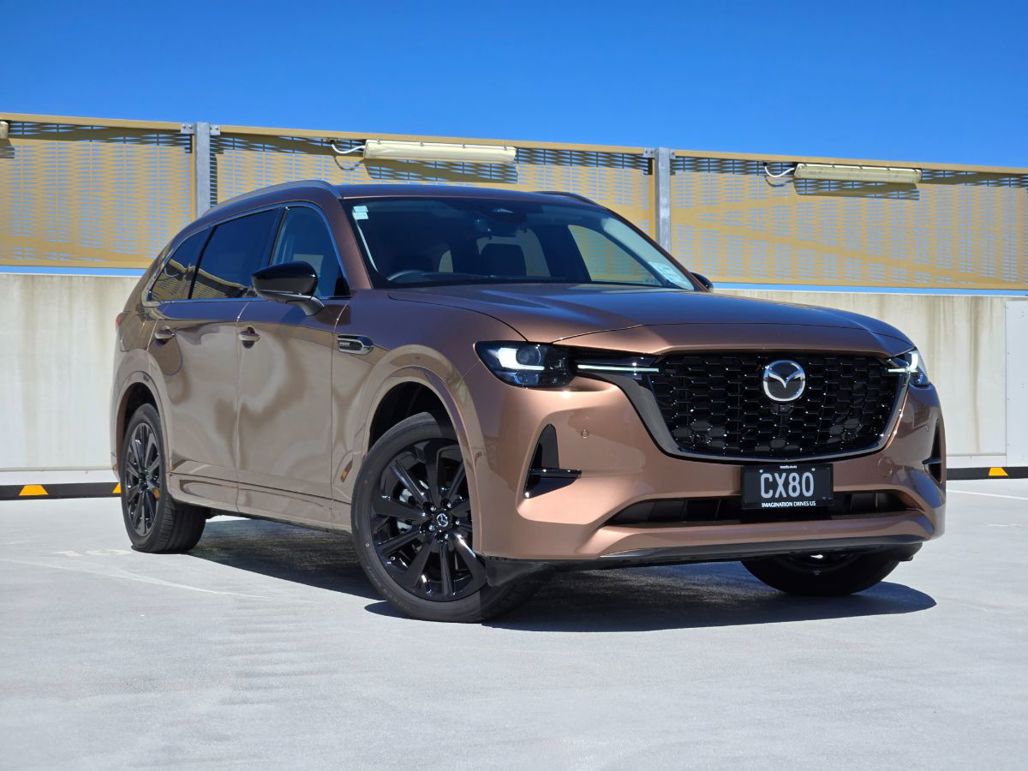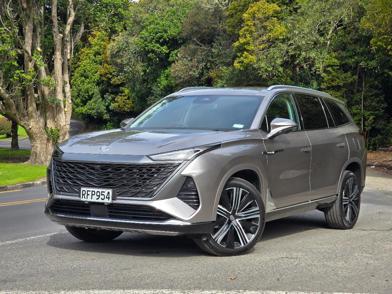For many loyal Mazda customers, this is the big one (and literally a big one, if you see what we mean): the CX-80. If you’ve felt a bit confused about the Japanese maker’s SUV lineup since the debut of its new-gen “large platform” models in 2023, you’re not alone. There are now six distinct CX-branded Mazda SUVs of varying sizes, with seemingly quite a bit of crossover (excuse the pun) between them.
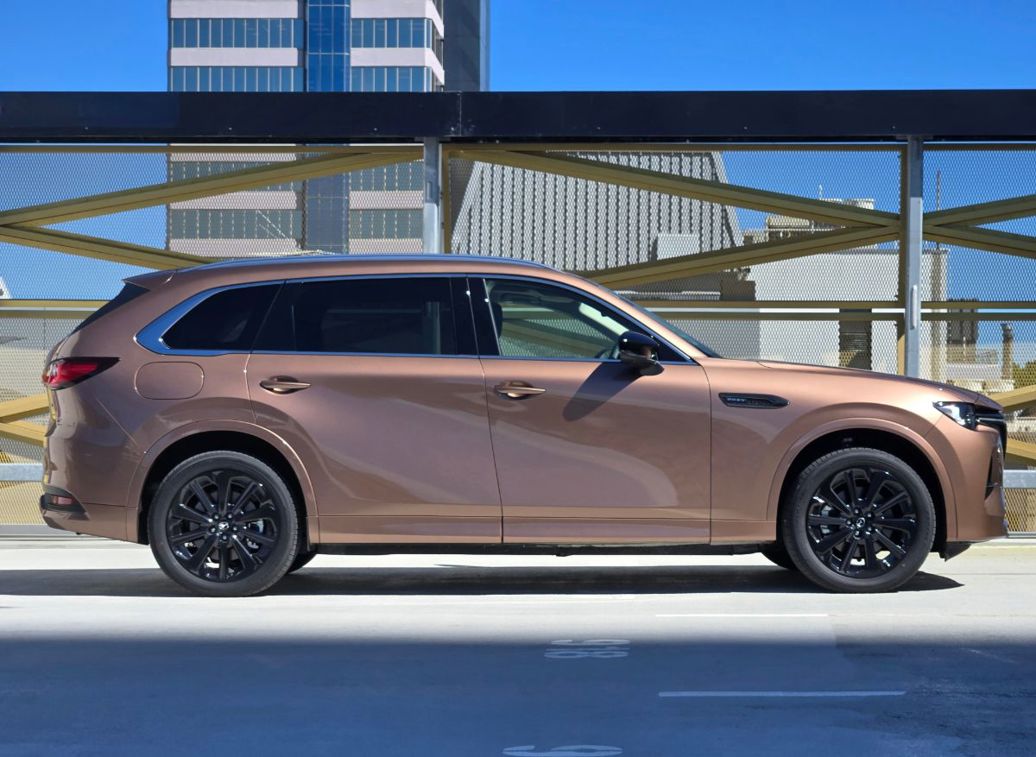
MAZDA CX-80 HOMURA PHEV: Powertrain 2.5-litre petrol four with 17.8kWh plug-in battery and electric motor, 8-speed automatic, AWD Output 241kW/500Nm Efficiency 1.7l/100km, EV range 59km (3P-WLTP) Size 4990mm long, 2267kg Price $89,490.
Let’s not get caught up in all that right now. Instead, we’d like to tell you something very simple about the CX-80: it’s the true replacement for the ever-popular CX-9 7-seater family SUV.
It’s still a step up from the CX-9, as all-new models usually are, because even the cheapest $74,990 CX-80 is priced just above the previous top-line CX-9 Takami ($74,690), and it’s arguably not quite as lavish: it lacks the Takami’s Nappa leather (it does have leather though), hands-free functionality for the power tailgate and Bose audio system, for example.
But you are getting a much more spacious 7-seater and a much more high-tech machine, with the choice of Mazda’s sublime 3.3-litre straight-six mild hybrid or a 2.5-litre plug-in hybrid that offers 59km electric range.
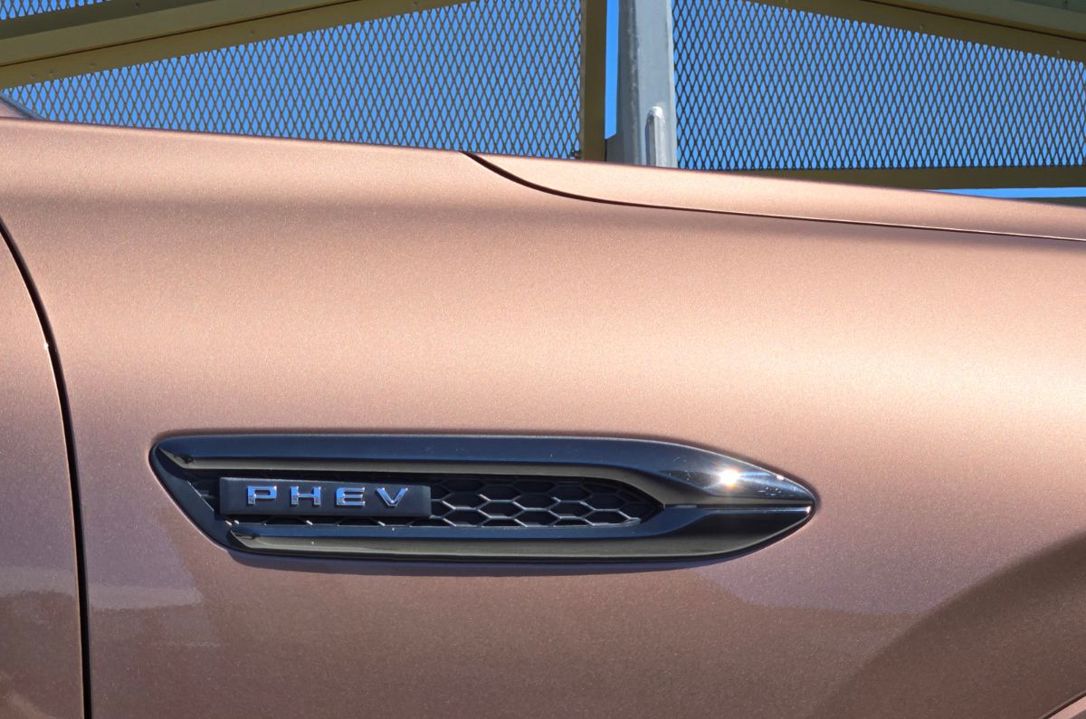
The mechanical bits are essentially the same as we’ve seen in the CX-60 and CX-90, so let’s leave them for a moment, to talk about what’s really new: the CX-80 as a family space.
The CX-80 is the true replacement for the ever-popular CX-97-seater family SUV.
It might surprise you to learn that the CX-80 is actually shorter overall than the CX-9, because it looks so elongated in profile. The key thing is the massive 3.1m-long wheelbase (a 190mm increase); that’s the measurement between the front and rear axles, which relates directly to passenger space.
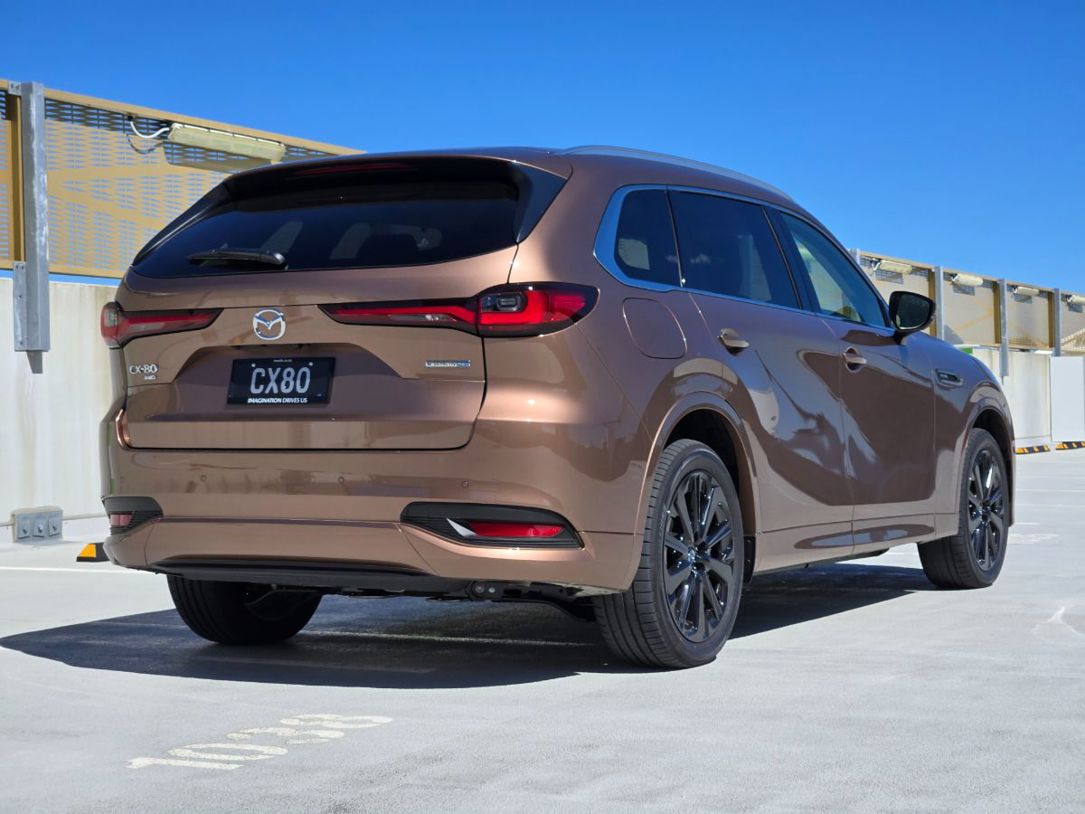
The front seats are superbly comfortable and the driving position just-so. Legroom in the second row is vast, and even adult passengers can really stretch out.
Where the CX-80 really shines is in offering luxurious transport for 4-5 adults and a lot of cargo versatility
The second row slides and the backrest angle can be adjusted, but don’t think of the CX-80 as having people mover-levels of space in the third row. The rearmost chairs are perfectly acceptable for children and fine for adults in short bursts, albeit a bit knees-up.

That’s standard packaging procedure for a 7-seat SUV, but where the CX-80 really shines is in offering luxurious transport for 4-5 adults and a lot of cargo versatility; even with all seven seats in use, you get a decent 258l boot in back (similar to a small hatchback). In 5-seat configuration, the boot is gob-smackingly big; Mazda’s official figure of 687l doesn’t really do it justice, because that’s only to the windowline.
The Homura is nice if you can afford it, but the SP looks virtually identical and is still pretty swish.
With everything folded down, which liberates a near-flat load floor, there’s a van-like 1971l when measured to the roof.
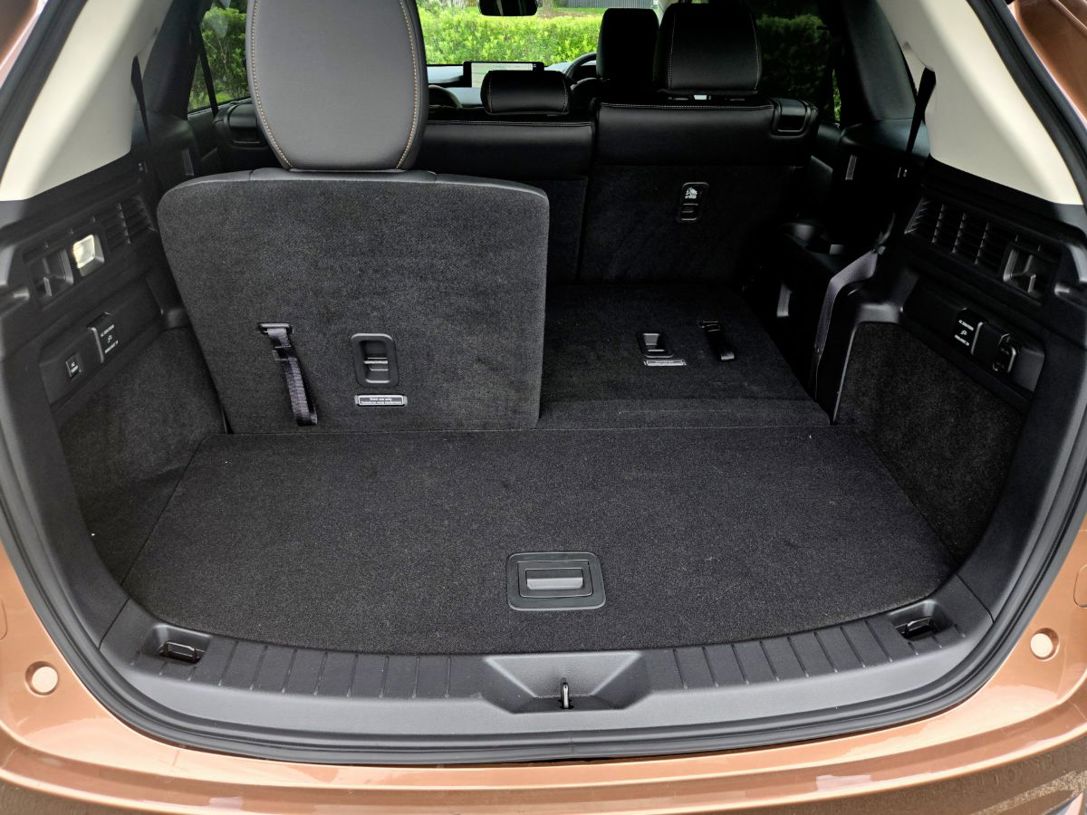
In fact, the CX-80 has a larger boot than even the CX-90, although that’s partly because it lacks a spare wheel and can take advantage of some extra underfloor storage. Opportunity cost, right?
Mazda SUVs have had remarkably premium-feeling cabins for a while now. The CX-80 is no exception: very familiar if you’re driven a CX-60, with tastefully shaped dual 12.3-inch screens and touchy feely bits with a real sense of quality. All the displays are digital, but Mazda is still a fan of physical switchgear for often-used functions like climate control and drive modes.
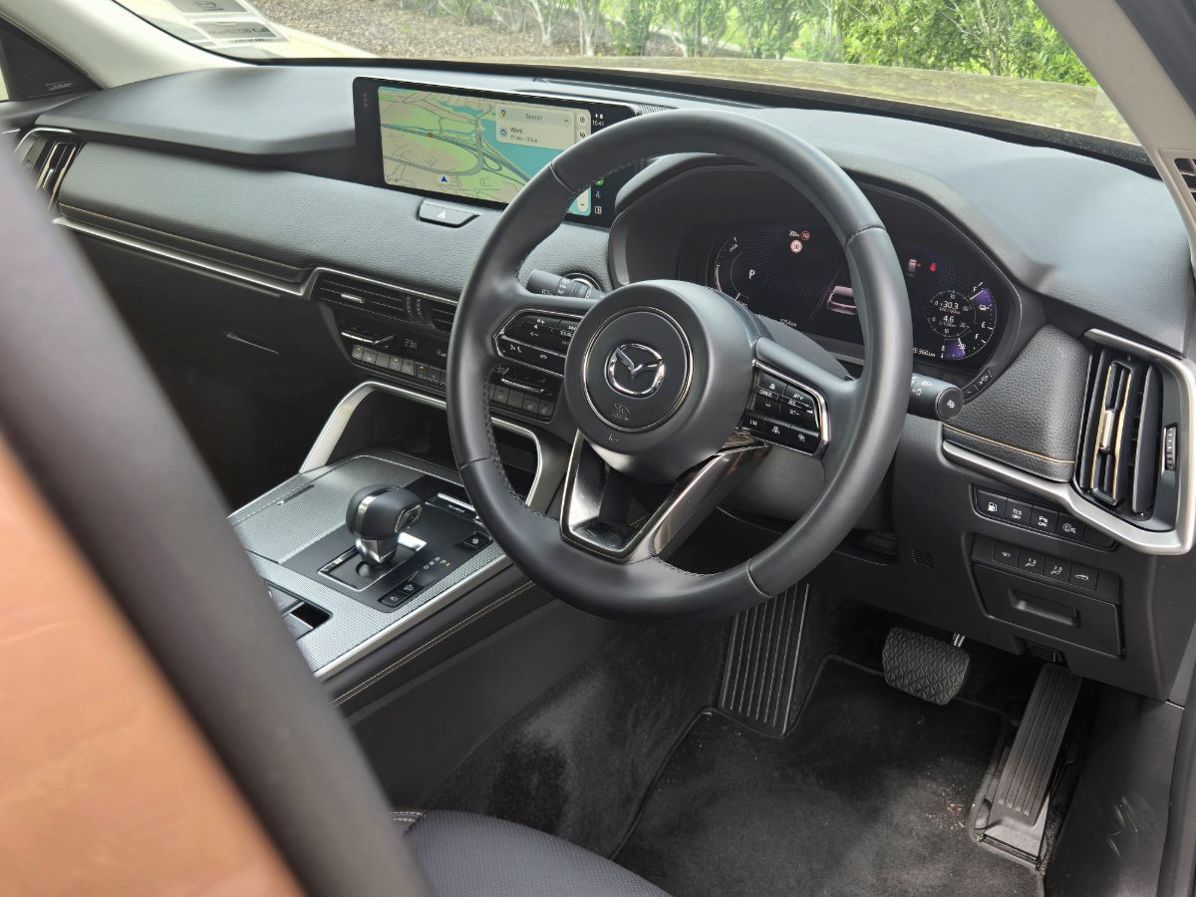
Our test car is the PHEV, in top Homura specification at $89,490. If you want the Homura you have to go electric, although you can also have the plug-in powertrain in SP specification for $80,990. Both are a relatively high price in context of that argument about the CX-80 replacing the CX-9, but there’s also the CX-80 SP with the petrol-six for $74,990.
The Homura is nice if you can afford it, but the SP looks virtually identical and is still pretty swish, with 20-inch gloss-black wheels, full leather interior and 3-zone climate control. The Homura restores CX-9 Takami features such as Bose sound (which is fantastic) and hands-free tailgate, plus heating for the steering wheel and second-row seats (both models have it up front), a panoramic roof, adaptive lights, extra “cruising and traffic support” functionality for the adaptive cruise control, see-through and trailer views for the standard 360-degree camera and a much higher-powered 3-pin power outlet in the boot (up from 150W to 1500W). Even the PHEV can tow 2.5 tonnes.
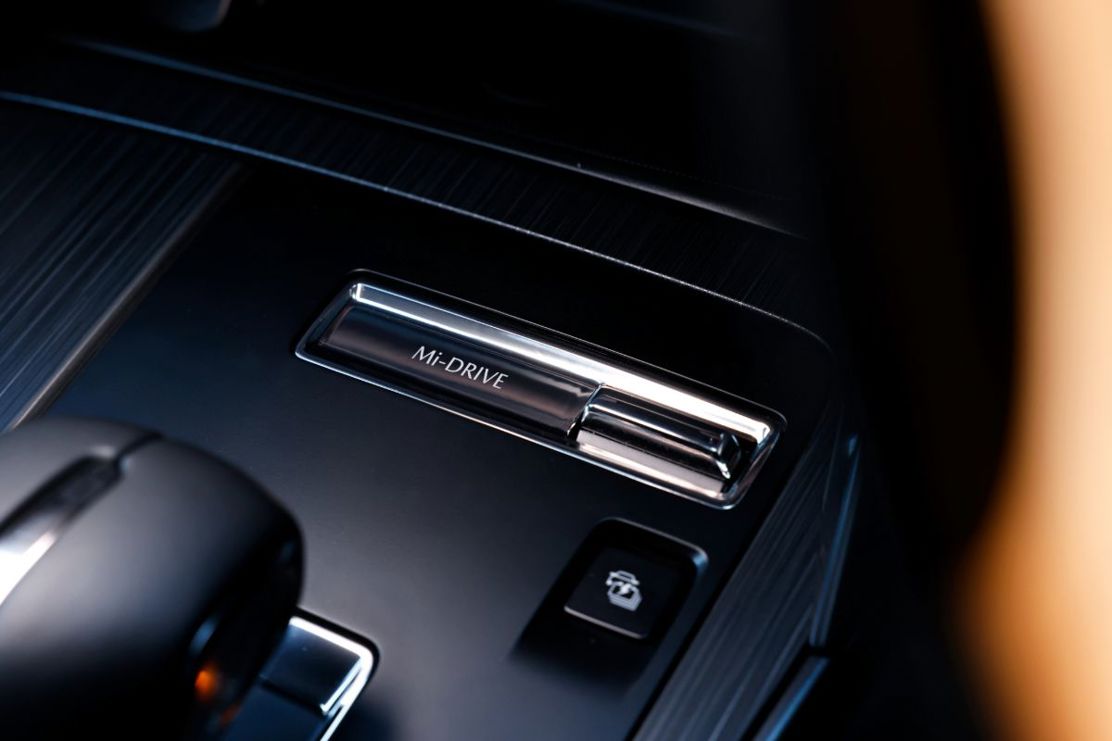
The Homura also has Mazda’s Driver Personalisation System, which contains automatic settings for seat, steering wheel and mirror position, plus ingress/egress support (everything gets out of the way while you’re getting in and out, basically).
It also has “driver position guide”, a novel feature that we’re not entirely sold on. Tell the car your height and it will automatically adjust to what it decides is the best driving position for you. Or a slightly strange driving position in our case; hey, maybe it works for some.
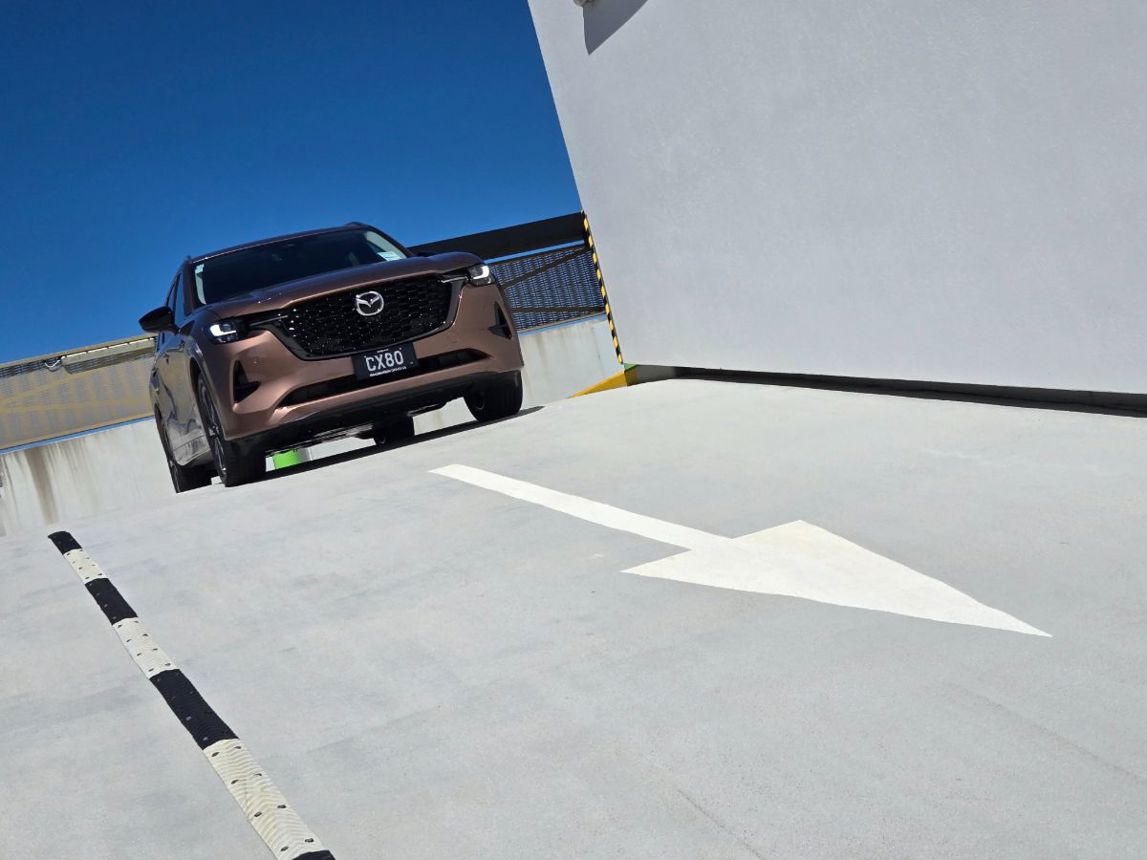
The CX-80 PHEV’s powertrain credentials are well-established from the CX-60. The EV range is modest, but adequate for city commuting at 59km, or more like 50km real-world based on our time with the vehicle.
The PHEV is 32kW/50Nm more powerful than the 3.3-litre mild hybrid and still you get actual gears in all modes, because the electric motor is mounted inside Mazda’s complicated new 8-speed gearbox, which has no torque converter and two clutches (although not technically a dual-clutch, if you know what we mean).
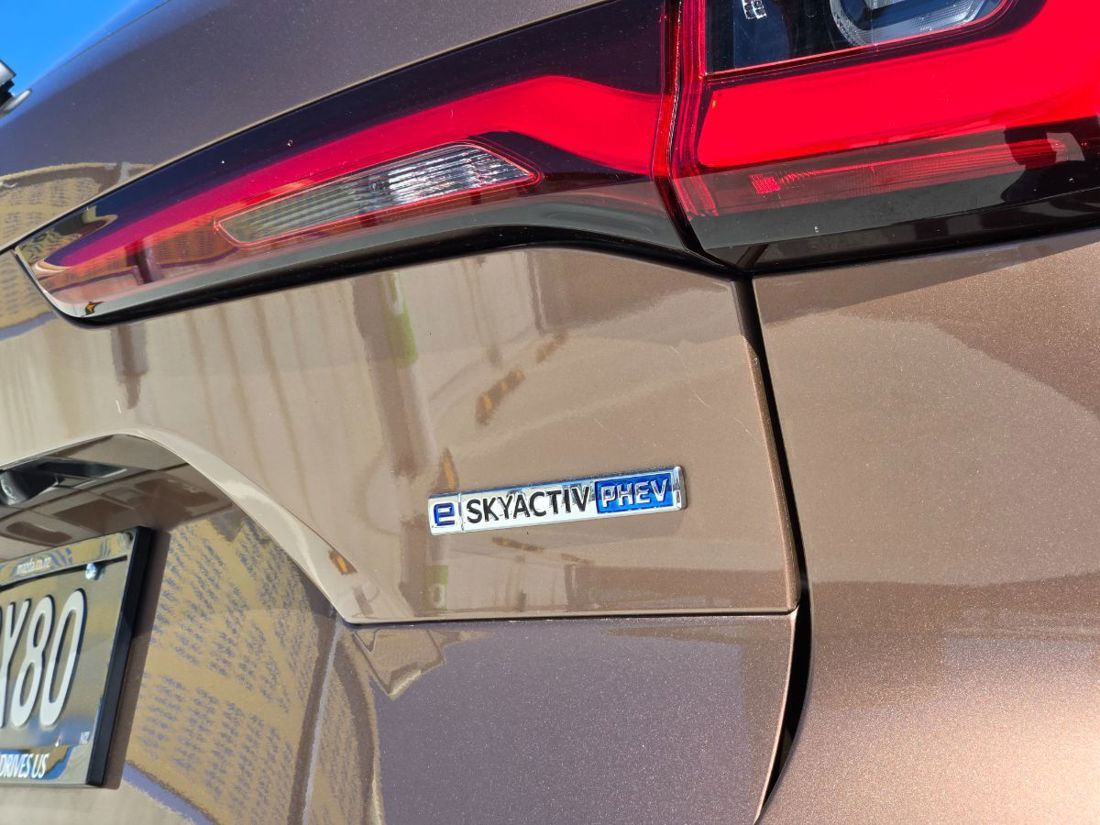
Yeah, about that. The CX-60 PHEV got a fair bit of flak for its transmission at launch: jerky gearchanges and awkward transitions between pure-electric and hybrid power. The good news is that Mazda’s been working on the software and the CX-80 seems smoother. We still got the odd clunk in sudden throttle movements and if you suddenly want full hybrid power from EV mode, the petrol engine and transmission can seem confused when they’re trying to wake each other up; although the 2.5-litre is in a more ready state if you’re driving in Sport mode.
It’s still not perfect, but it’s better. And it must be said the CX-80 is exceptionally smooth and refined as an EV and equally impressive in a cruising state as a hybrid. If you are smooth, the car is too.
The CX-60, 80 and 90 are on Mazda’s new large platform, which is based around some appealing old-school values like north-south engines and rear-biased drive (but all Kiwi models are AWD). So it stands to reason that the CX-80 is quite driver-centric, at least for a large 7-seat SUV.
It doesn’t claim to be sporty, but this is a nicely balanced car in corners and goes pretty much where you point it. While it’s not outrageously long overall, that stretched wheelbase does mean some recalibration in city driving; it’s all too easy to clip the back wheel on a kerb because it’s further back than you think. No, we didn’t; although somebody before us did.
As with any PHEV, efficiency and economics will depend entirely on how you use it. The official 1.7l/100km is possible to replicate if you have a small commute and charge often, but if you’re using the petrol engine more, of course the consumption will rise. And remember, you also have to pay Road User Charges of $38/1000km for this model.
Here’s one use-case: during our three weeks and several hundred km with the car, we drove as normal, charged only between 9-12pm to take advantage of a free power plan (plenty of time to charge the CX-80 from flat to full on a wallbox) and occasionally used the CX-80’s engine-charge feature on the motorway, which allows you to specify a percentage-state for the battery and tasks the petrol engine with topping it up while you drive. You get there with a simple one-touch button on the console, and it’s a neat way of ensuring you have electric power to drive through the suburbs at the end of a journey, for example.
Our overall average was 3.6l/100km, which is helped enormously by electric driving – but we paid nothing for the power, remember. Just one particular scenario of course… but you can work out your own.
Keen drivers may still favour the 3.3-litre. It’s less powerful, but smooth and sounds magnificent, plus the car itself is 180kg lighter, so it’s a bit more nimble. It only requires 91-octane fuel too, compared to 95 for the PHEV. But you can’t have the Homura as a mild-hybrid, so it’ll have to be the SP.
Those stepping out of a CX-9 into a CX-80 will be greeted by a massive step-up in style, technology and quality. A few powertrain foibles aside, those looking to move from other mainstream 7-seaters may also be surprised just how premium the CX-80 looks and feels. There aren’t many 3-row family SUVs with real wow-factor, but this one.

